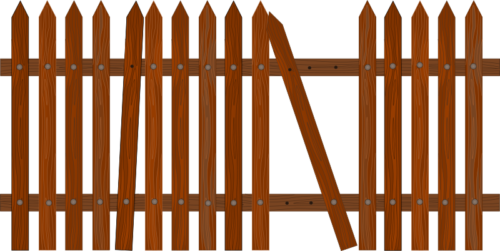The concept of boundaries is an important one in human relationships. Infants don’t know where they end and another person starts. Learning this is part of healthy development. It’s part of the “no” stage for 2 year-olds. By saying no, toddlers are beginning to practice the art of individuation, a tiny step in the direction of knowing themselves.
When my children were toddlers, we liked to play the “no hug game”. It involved my sitting on the floor and asking for a hug. “No!” the child would say. I would assume a crestfallen appearance. “Please?” “Pretty please?” My little mites would refuse with increasing authority, and I would pretend to be dejected. However, at some point, they would throw themselves into my arms and I would rejoice. Actually, we would rejoice together. While we were playing boundaries, it was wonderful to see my children’s exhilaration at seeing themselves as an independent person. And equally important, that independence didn’t rule out love and connection.
I also hoped this would empower them as adolescents and adults to say no to any kind of unwelcome touch from anyone. This is physical boundaries, and basic to all boundary setting.
There are also emotional boundaries, including not allowing another person’s unwarranted anger or projections of their own inadequacies to pierce me. If I am criticized by someone, it is generally worth my while to “take myself to the mat” and seriously consider any merit to the criticism. But if I honestly consider this from all angles, and find no evidence of my complicity, then the next step is to let it go. (If someone offers a criticism in a calm and respectful manner, there is more likely to be some truth to it. If presented as an attack, however, it’s more likely their problem.)
Internal boundaries involve my relationship with myself. They include self-discipline, self-care, and the management of negative thoughts, also called negative tapes. If I’m unable to be alone with myself, if being alone causes me anxiety under all circumstances, I should process and try to fix this. It’s important that I can enjoy my own company, at least sometimes.
Furthermore, there are relationship boundaries. Families, couples, even friends, without proper boundaries are called “enmeshed”. Cultural influences on our family relationships are at work here. Human connection is vital to our well-being, something that has been drowned in the American paean to “rugged individualism”. But we must be connected as separate people. He/she completes me, or I was half now I’m whole – these are unhealthy concepts. When setting boundaries, it’s important that I be self-aware, direct, and remember to give myself permission to set limits. For example, if someone gossips or uses bigoted language in my hearing, I am allowed to say that I don’t support these things. If another person is demanding too much of my time, I can disallow that. If someone is blaming me for their failings – the worst being “if it weren’t for you, I wouldn’t have to drink, or hit you” – I can work to detach from taking unfair responsibility. Sometimes I may have to detach from the person.
Lastly, boundaries also have to do with whom you share your heart and your secrets. We can imagine our relationships as a pyramid. At the bottom, there are lots of people, mostly peripheral, with whom I share nonessential parts of myself. Parts like what’s new in cars, or what it’s like in Pittsburgh. As one moves up the pyramid, there are less and less people, with whom I might choose to share more and more of myself. These are people who have shown they listen with thoughtfulness and compassion, and who can keep my confidences. At the top of the pyramid, I will probably have only one or two people with whom I can share all of myself. You can move people up and down the pyramid, or throw them off the grid entirely. Keep in mind that when you share yourself with others, you are giving a gift, and that gift must be earned.
